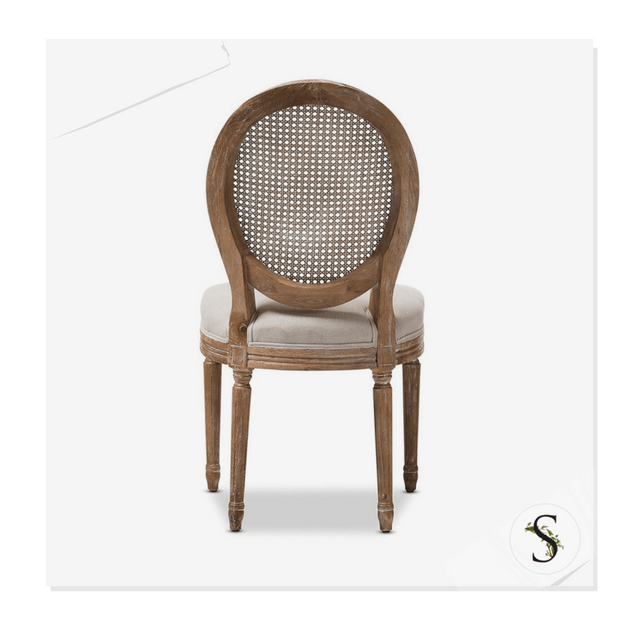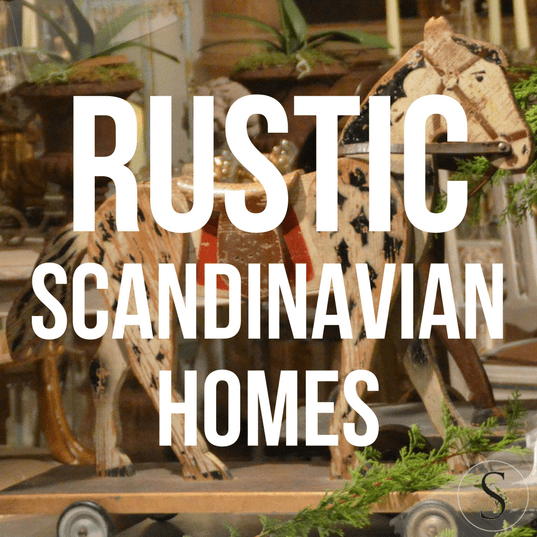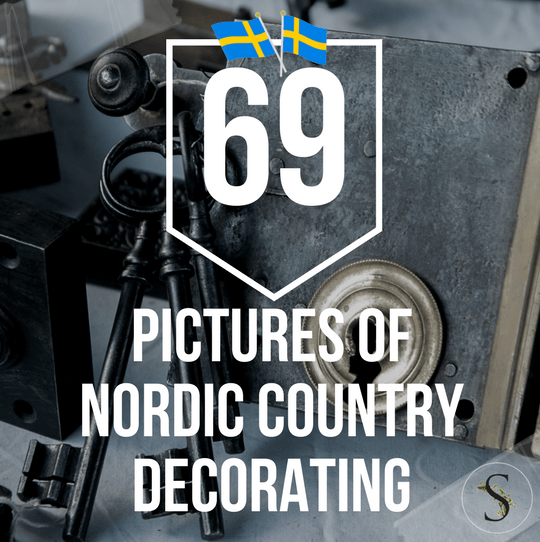An Island-Inspired House in Oslo… Norway Interior designer Nicolette Horn brings a bit of the Bahamas into her Scandinavian home. “I wanted to feel lifted up when I came inside,” Horn says, “and for me, that means feeling like I am in the Bahamas.” This despite the house’s resolutely Scandinavian exterior, which is dark brown […]



